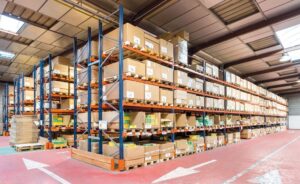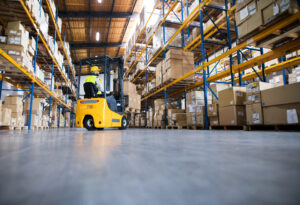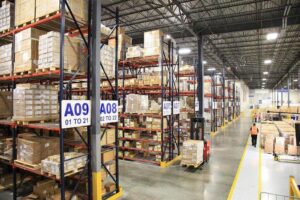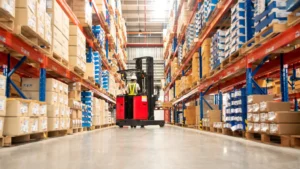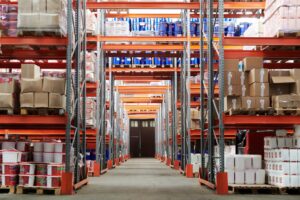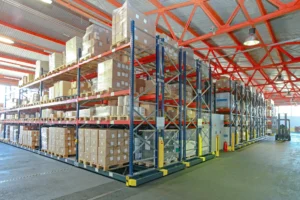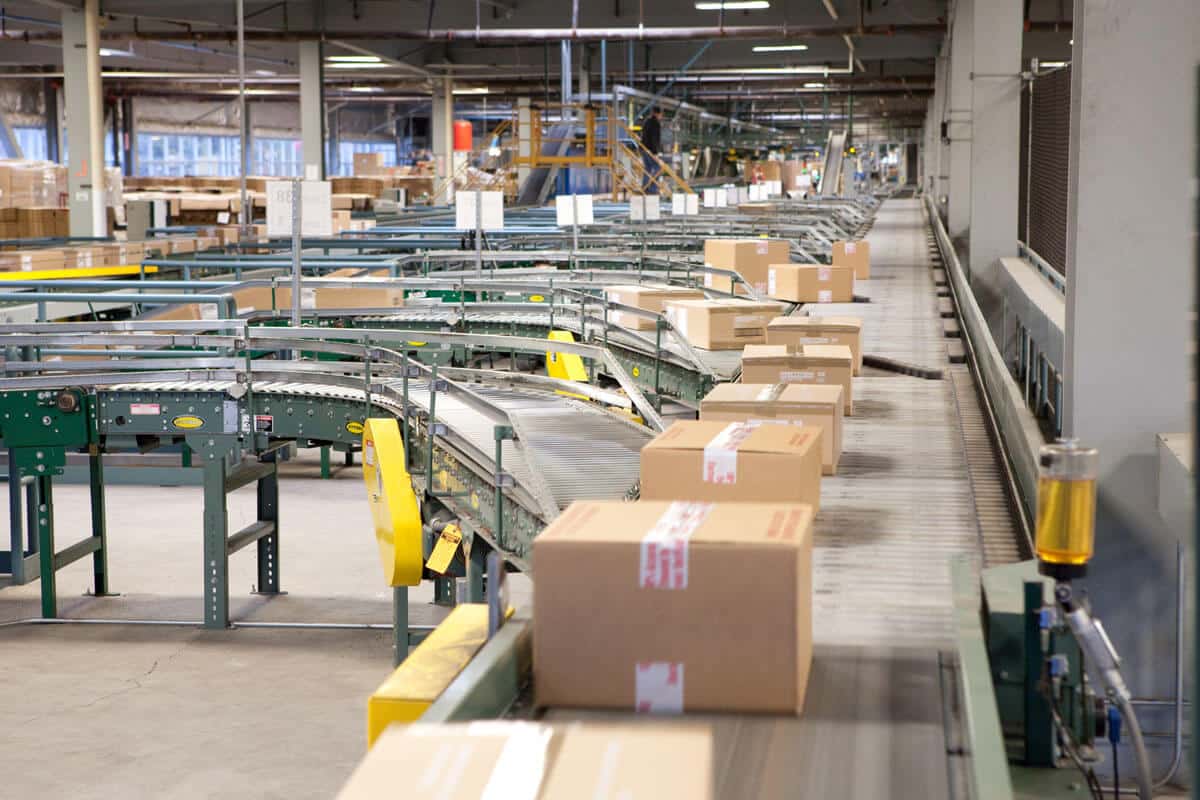
Few advancements in industrial efficiency rival the impact of conveyor systems. These engineering marvels automate material handling, facilitating seamless transportation of goods within manufacturing plants, warehouses, and distribution centers. However, installing conveyor systems is not trivial; it requires careful planning, precise execution, and adherence to safety standards. This complete guide delves into the intricacies of conveyor system installation, offering insights to streamline operations and maximize productivity.
The Advanced Conveyor System Installation
Before diving into the installation process, it’s essential to understand the significance of conveyor systems in modern industrial settings. These systems streamline material handling processes, allowing for the seamless movement of goods throughout a facility. Whether in manufacturing plants, warehouses, or distribution centers, conveyor systems are crucial in optimizing workflow efficiency, decreasing labor costs, and minimizing the risk of errors or accidents. Businesses can achieve higher throughput rates and improve operational efficiency by carefully automating repetitive tasks such as sorting, conveying, and packaging.
Planning Phase: Setting the Foundation
The success of any conveyor installation hinges upon thorough planning. Engineers assess the facility’s layout during this phase, considering workflow, space constraints, and throughput requirements. Detailed blueprints and schematics are drafted, outlining the placement of conveyor lines, support structures, and integration with existing machinery.
Selecting the Right Equipment
Central to the installation process is the selection of appropriate equipment tailored to the specific needs of the operation. Factors such as conveyor type, load capacity, speed, and material compatibility must be evaluated. Collaborating with reputable suppliers ensures access to high-quality components and seamless integration with existing infrastructure.
Facility Layout and Design: Analyze the facility’s layout to determine the optimal placement of conveyor lines, considering factors such as workflow patterns, space constraints, and accessibility.
Material Handling Requirements: Identify the materials’ dimensions, weight, and handling characteristics. This information will dictate the specifications of the conveyor system, including belt type, speed, and load capacity.
Safety Regulations and Compliance: Ensure compliance with relevant safety standards and conveyor system installation regulations. Implement safety features such as guards, emergency stop buttons, and proper signage to mitigate the risk of accidents or injuries.
Integration with Existing Equipment: When installing the conveyor system in an existing facility, assess its compatibility and integration with other equipment and techniques to ensure seamless operation.
Installation Process: Precision in Motion
With the groundwork laid and equipment procured, the installation phase commences. This phase demands attention to detail and adherence to safety protocols. Skilled technicians assemble conveyor lines, accurately aligning belts, rollers, and supports to ensure optimal performance. Electrical wiring and control systems are installed precisely. Further, allowing seamless synchronization and operation.
Foundation and Support Structure: A sturdy foundation and support structure are essential for the conveyor system’s stability and reliability. This may involve pouring concrete footings, installing support columns, and ensuring proper alignment and leveling.
Assembly of Conveyor Components: Assemble the various components of the conveyor system, including the conveyor frame, belt or chain, rollers, pulleys, motors, and drives. Besides this, follow manufacturer guidelines and strict specifications to ensure proper assembly and alignment.
Electrical and Controls Integration: Install electrical wiring, sensors, and control panels to facilitate the conveyor system’s operation. Test the electrical components to ensure functionality and compliance with safety standards.
Testing and Commissioning: Upon completion of installation, rigorous testing ensues to validate system functionality and performance. Engineers conduct comprehensive trials, assessing conveyor speed, load handling capabilities, and system responsiveness. Any discrepancies or inefficiencies are promptly addressed. Hence, ensuring that the system operates at peak efficiency.
Training and Knowledge Transfer
As the conveyor system nears operational readiness, we conduct comprehensive training programs to familiarize operators and maintenance personnel with system operation, troubleshooting procedures, and safety protocols. Moreover, knowledge transfer is paramount, empowering staff to utilize the entire conveyor system’s full potential and ensuring safe and efficient operation.
Maintenance and Support
Post-installation, ongoing maintenance, and support are crucial to sustaining optimal system performance. Regular inspections, lubrication, and component replacements prolong the lifespan of the conveyor system while minimizing downtime. Access to prompt technical support and spare parts facilitates timely resolution of issues, ensuring uninterrupted operation.
Conclusion
In conclusion, the conveyor system installation of conveyor systems represents a pivotal milestone in improving operational efficiency and productivity. Organizations can seamlessly integrate conveyor systems into their operations by precisely planning, selecting the right equipment, and adhering to stringent safety standards. Continuous optimization, coupled with robust maintenance practices, ensures sustained performance and longevity of the system. As industries practice automation and innovation, installing conveyor systems is a testament to progress, streamlining operations, and driving growth. For more information on our systems for your company, contact us today.


